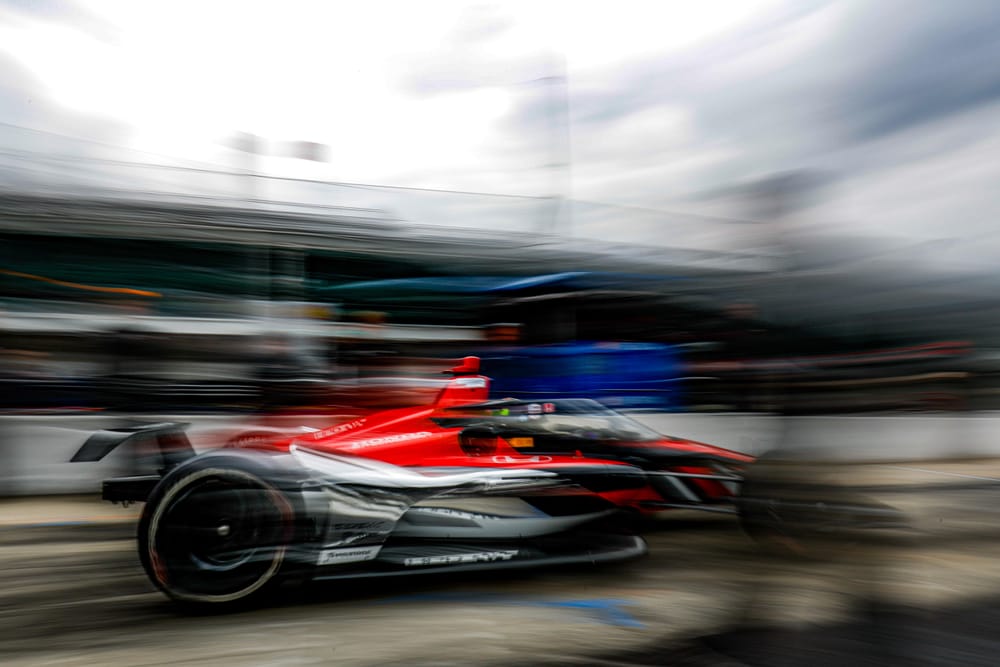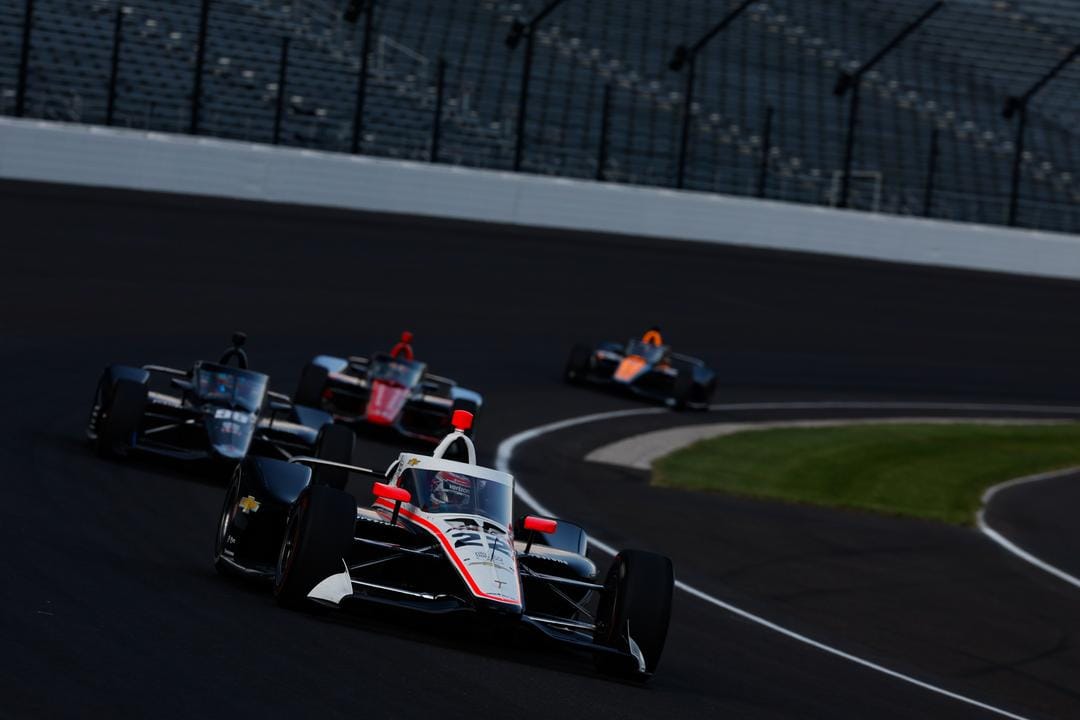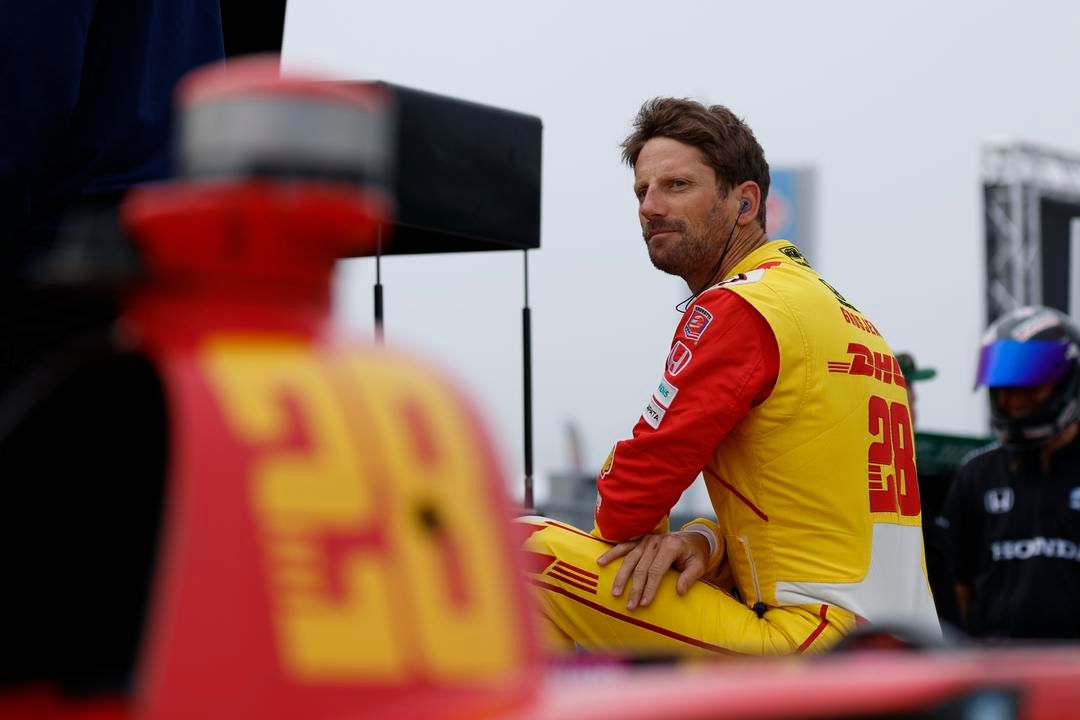Here we are again. Do we call this the fourth delay of IndyCar's hybrid engine shenanigans?
It’s less 'once bitten, twice shy' and bordering on sadistic as IndyCar has to now take a long and serious look at its future after another public engine setback.
The first 'delay' - and it might be mean to include this one - was to postpone a new naturally aspirated engine, due for 2021, to 2022 with the addition of a hybrid.
The second delay was due to the pandemic and meant this timeline was pushed back to 2023.
The third delay got rid of the new 2.4-litre engine element as the manufacturers didn’t have time to develop that and a new hybrid unit, which Chevrolet and Honda stepped in to develop after the original supplier - Mahle - was pushed aside.
This latest delay, announced on Thursday, hasn’t been explained in any great detail, but The Race’s sources have indicated a host of issues in tests and the struggle to both finalise the specification of the hybrid units and produce enough of them to be ready in time for the start of the 2024 season with spares are contributing factors.
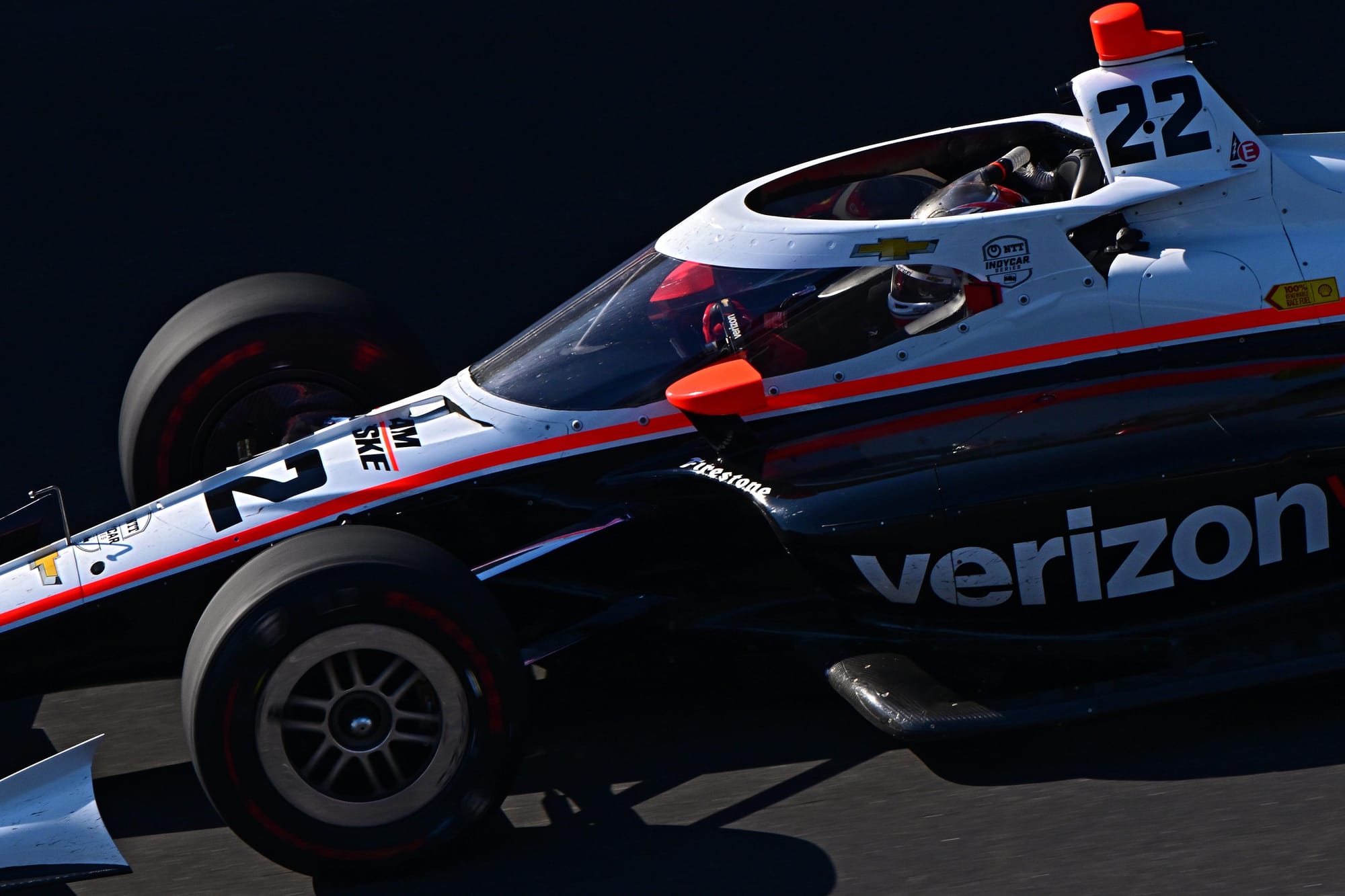
Like the delay to drop the 2.4-litre engine and stick with the current 2.2-litre one, it appears little else could have been done other than take this decision. Starting the season with a host of failures and shortages of parts likely would have been even more embarrassing and chaotic for IndyCar, while two teams in Ganassi and Penske have done the lion’s share of the testing.
I don't think anyone doubts this is the right decision, but why is IndyCar in this mess, again?
The doubts over introducing hybrid power is probably why IndyCar hasn’t drawn more attention to the unit, which is actually really cool. The mere retrofitting of a hybrid unit to a car not designed for it is already impressive, and the super capacitor requires much less space than your standard energy recovery system and batteries used by most series.
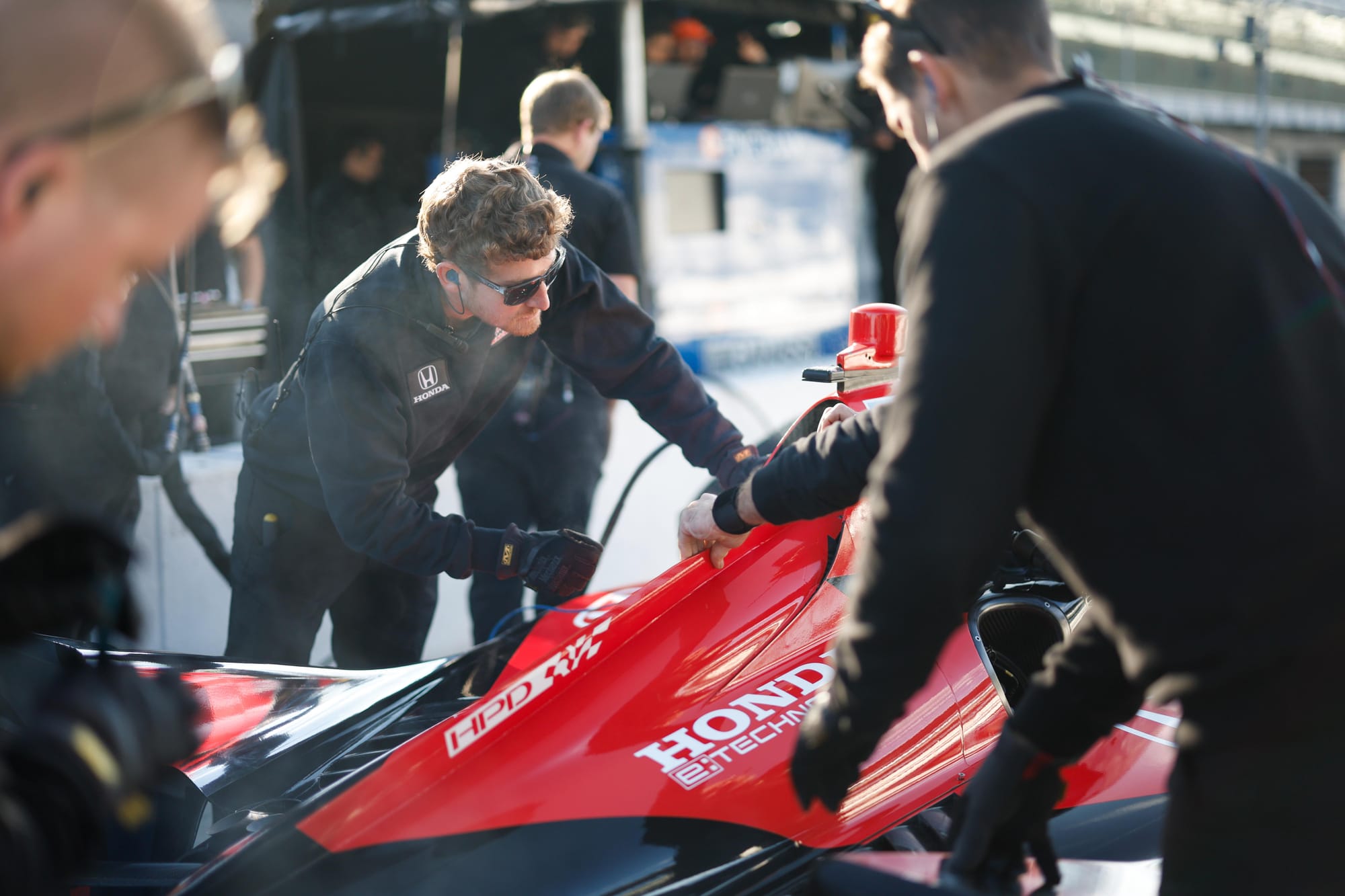
It means the super capacitor is good for short but powerful bursts of energy, which is perfect for what IndyCar is trying to achieve in using it as a push-to-pass replacement.
Collectively, the series hasn’t done enough to promote this technical innovation, which makes you wonder how much IndyCar is clinging on to remaining a hub of any sort of technical innovation, and whether it should just focus purely on entertainment.
On the technical side, it’s arguably done more damage than good to even mention it would switch to a hybrid. The negative publicity from these setbacks surely out-strips any good PR gain.
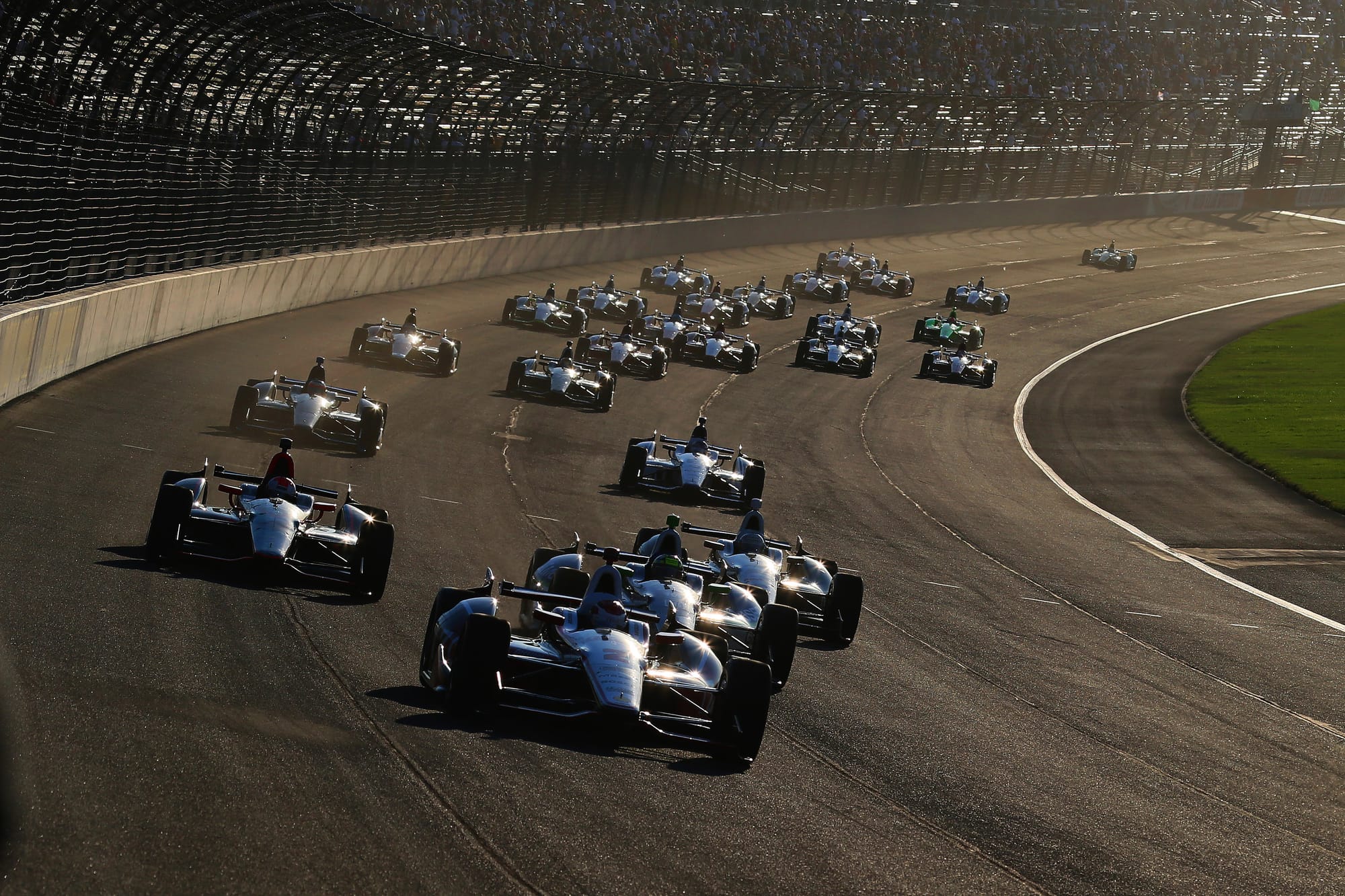
And even with the hybrid in place, it’s being (very skilfully) crowbarred into a 2012 chassis, attached to a 2012 engine, both of which will likely be 14 years old before they are decommissioned.
For a racing series, that’s fossil-ready.
If you switch how you interpret that, and decide that the continuation of the 2012 engine and chassis has helped to create some of the best racing in top level motorsport and in the only single-seater championship racing on a range of ovals as well as road and street circuits, things look different. But then, you don’t need the hybrid to achieve that!
Personally, that's the way I'd go. Simplifying things and reducing costs is almost always a good way to go if you can maintain the quality.
Anyway, as when this has happened before, I’m veering off point to a hypothetical scenario of trying to work out IndyCar’s place in the pyramid, and why so much money and effort is going into something it doesn’t appear capable of delivering on time, and we should get back to the story at hand.
There’s more to worry about in the short term.
IndyCar’s press release announcing this delay said the hybrid would come after the Indy 500, but also stated this would be in the second half of the season. Mid-Ohio in July marks the start of the second half of the season, four races after the Indy 500.
Totally changing to a brand new and key part of the car halfway through the season feels unprecedented for a single-chassis series.
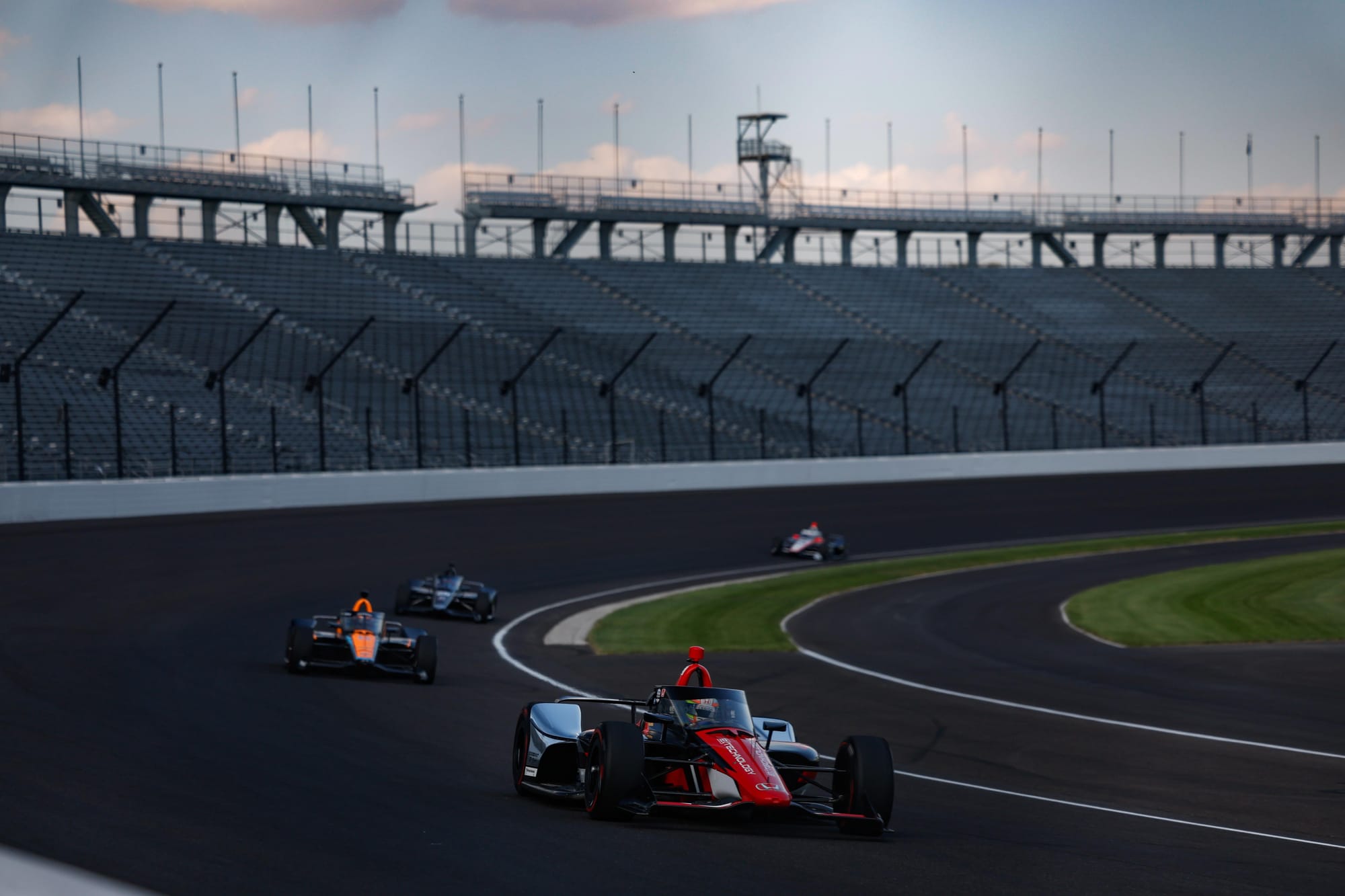
Trying to implement a new set of rules sounds problematic mid-season, plus as a smaller team you’d have to be worried about Ganassi and Penske carrying out the hybrid testing almost exclusively in 2023 until Arrow McLaren and Andretti got some running. Even so, half of the grid hasn’t driven the tech yet and introducing it mid-season would come with a difficulty in ensuring parity.
Yes, that might be part of the reason for the delay: because most of the testing has been done by two teams and there’s not enough time or parts to give the other teams the same amount of testing time for the St Petersburg season opener.
Even if those teams have taken on some of the cost, surely a better system could have been in place to rotate the teams around to spread the testing. Why are the two best teams doing the most testing and therefore having the most say in how the system works, anyway?
That’s another point. We know the hybrid regenerates energy to be deployed as a boost of horsepower. But in December of 2023, just over two months before the IndyCar season is supposed to start and the hybrid was supposed to be used for the first time, it hasn’t even been determined how the system will work on any given type of track.
At least, that hasn't been communicated fully to drivers and teams yet. And depending on whether it's automatic or fully manual - or something in between - will have a big impact on the racing.
Then there’s the fact that after Mid-Ohio, it’s a gruelling oval-heavy schedule that will be hard on the units, not to mention during a title run-in where undue mechanical issues could cost someone a title or a team nearly $1million in the Leaders Circle standings.
You’d really be much better off managing testing, perfecting the schedule to ensure parity, and bringing the unit in for 2025, well-tested and ready to go after the whole field has managed multiple race distances without issue.
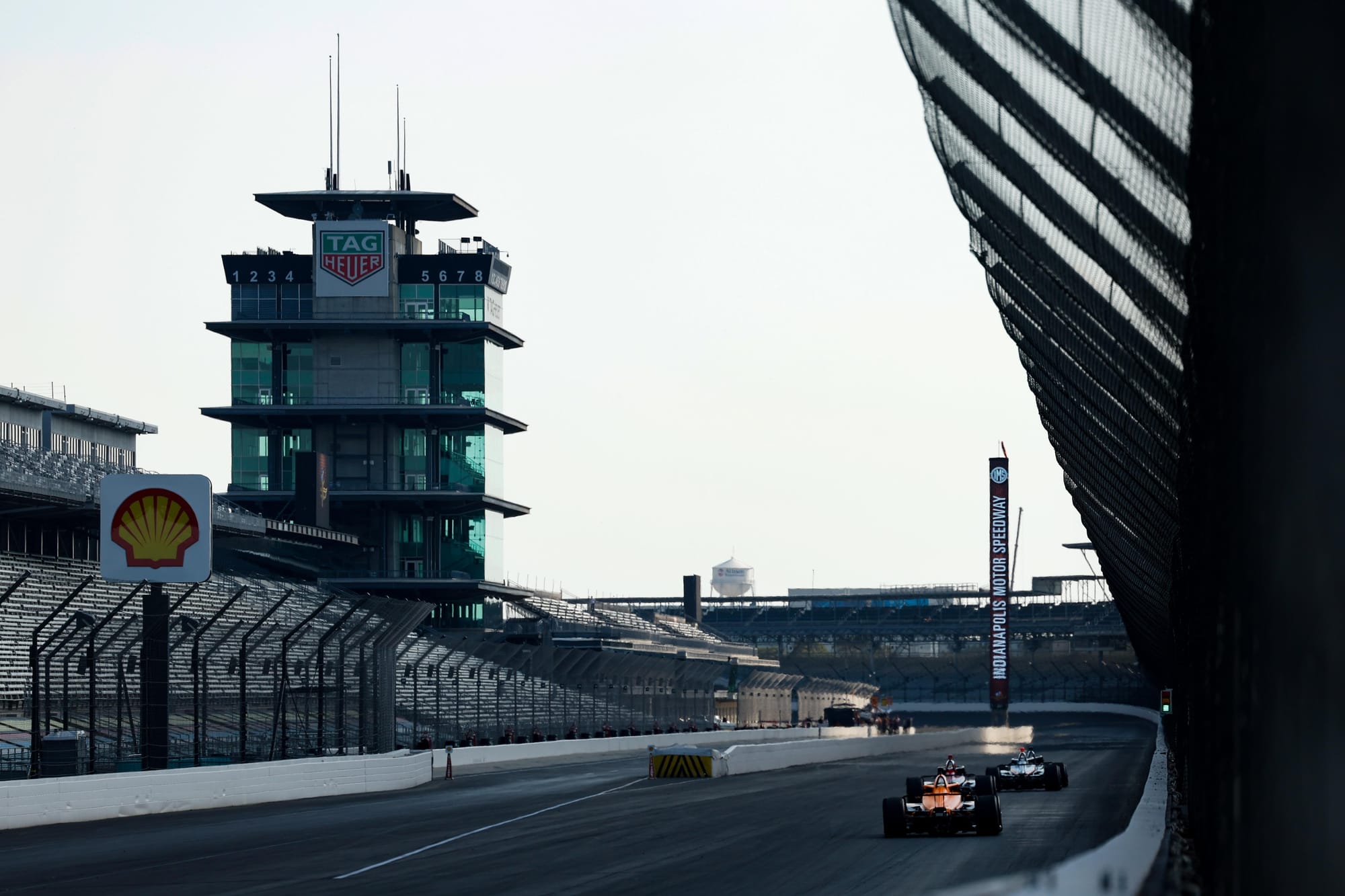
It’s just another controversial move by IndyCar’s leadership that, as a whole, has to take some responsibility for a period which has come with challenges, but hasn't done well in delivering on its goals.
This is not the kind of ‘Penske perfect’ people are used to when that organisation is involved. It’s more than just involved, it owns the series. And along with the people in charge of this project, it is not doing a good enough job.
How often can items out of its control be blamed for an overall delay that means the series is two and a half years behind its original timeframe at a kind estimation, when it is well behind other series that have in some cases been using hybrid technology for as long as IndyCar has used this engine? A hybrid car won the Le Mans 24 Hours in 2012.
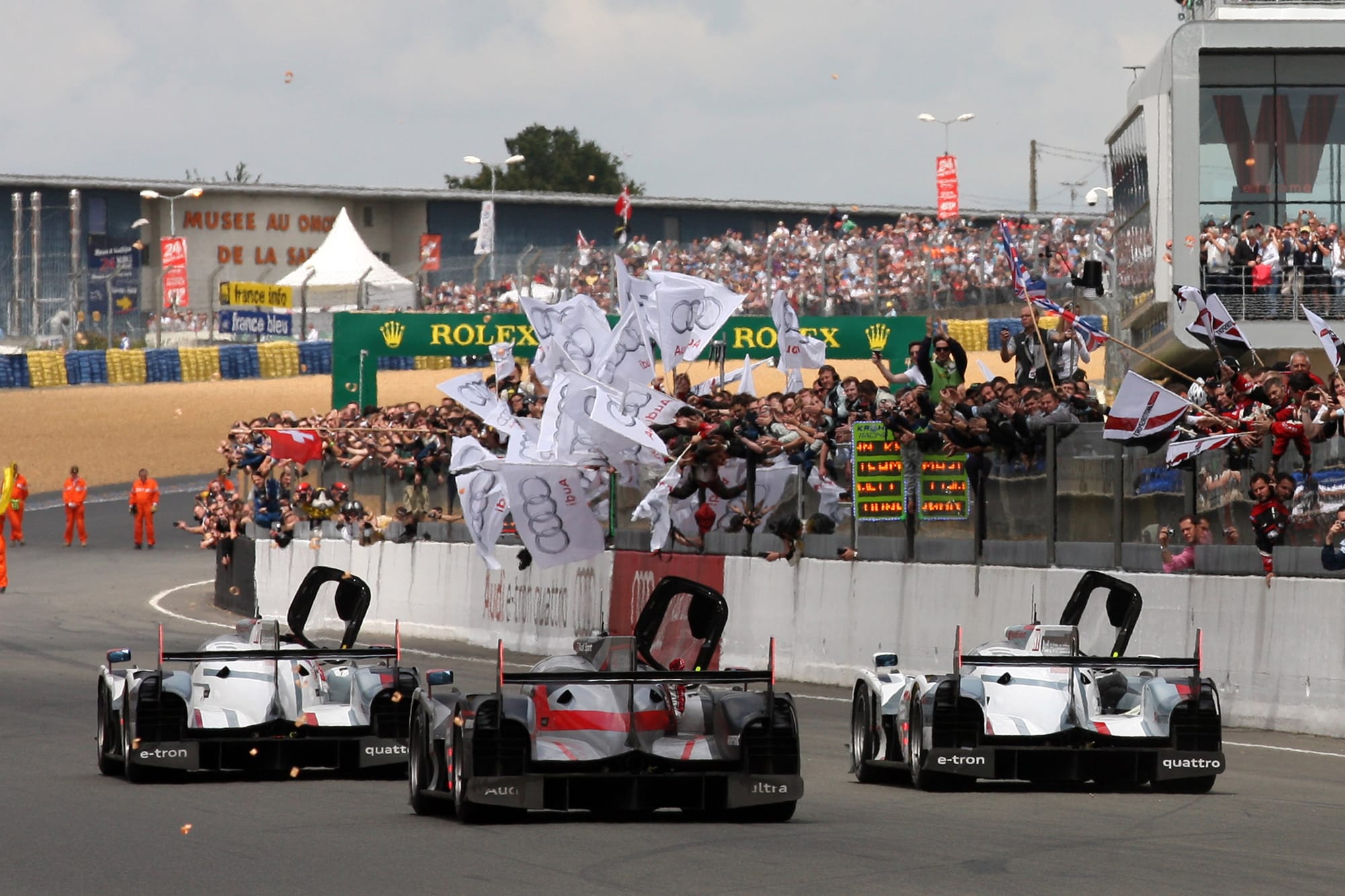
And what is it doing all this for?
Even the ambition to introduce a new hybrid unit hasn’t attracted an elusive third manufacturer that would allow the grids in the series and the Indy 500 to grow, as they are currently stifled by Chevy and Honda trying to supply the whole field, at a cost to themselves.
Some say Honda would have left without the introduction of a hybrid. I don’t get the feeling it's that clear-cut.
At this point, surely it would be better to abandon IndyCar's quest for tech and focus on lowering engine-lease costs and producing the most entertaining spectacle possible. Help the manufacturers lose less money, boost the grids at the Indy 500, and create a buzz that will produce tangible gains for the series.
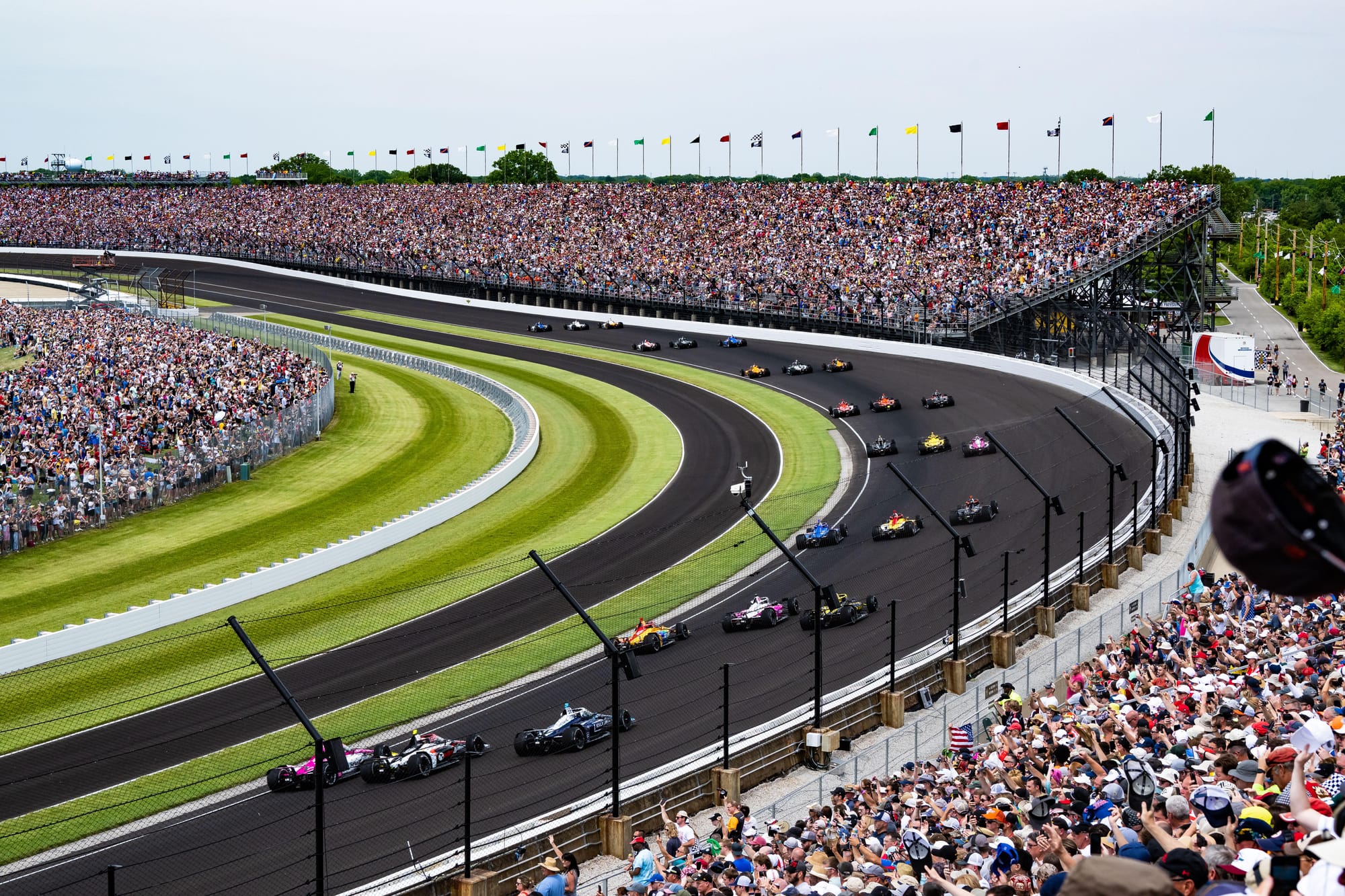
Normally when a series announces a move to implement new tech, it has a host of manufacturers sign up. IndyCar hasn’t managed that.
The original idea didn't achieve the goal of a new engine manufacturer, and the PR disasters of the failures since won't have helped.
What's the point in forcing in hybrid mid-season next year? It feels like another hallow promise of a deadline that is in fact a stab in the dark.
Do it in 2025 properly or go back to the drawing board. But don't keep failing to deliver.


